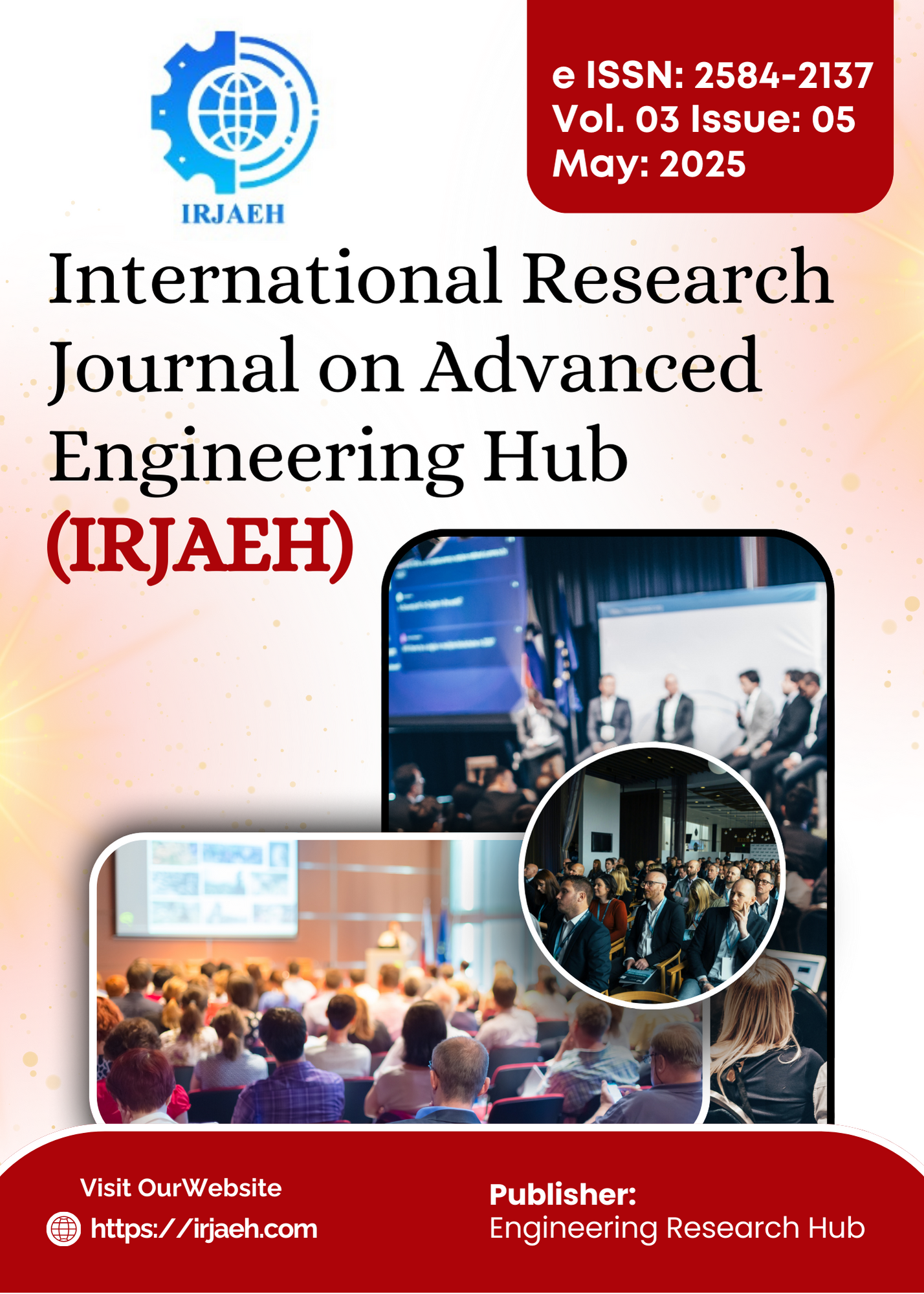An AI-Powered Intermediate Accessibility App for Visually Impaired Users with Real-Time Voice and Vibration Support
DOI:
https://doi.org/10.47392/IRJAEH.2025.0354Keywords:
Assistive technology, voice user interface, Bluetooth camera, visually impaired, accessibility, emotion recognition, OCR, wearable devicesAbstract
This paper presents the design and implementation of an AI-powered, multilingual smart assistant application aimed at enhancing smartphone accessibility for visually impaired individuals. Acting as an intermediate control layer, the application enables complete hands-free operation of essential mobile applications including WhatsApp, YouTube, Contacts, and Maps through intuitive voice commands. The system integrates a suite of assistive technologies to improve user autonomy and safety: voice-based app navigation; real-time emotion recognition; object and product identification using OCR and barcode/QR scanning; and fall detection with emergency alerts. A key innovation lies in the integration of a compact wearable camera attached to the user’s clothing and connected via Bluetooth to the smartphone which captures images of the surrounding environment. These images are processed on the mobile device, enabling real-time feedback through speech synthesis. The application supports multilingual interaction in English, Tamil, and Hindi, enhancing accessibility for diverse user groups. Developed using the Flutter framework, the system ensures cross-platform compatibility and is optimized for devices with limited hardware capabilities. This work contributes a scalable and inclusive solution that leverages artificial intelligence and wearable technology to empower visually impaired users. By bridging the gap between standard mobile interfaces and assistive needs, the proposed system promotes independence, mobility, and digital equity.
Downloads
Downloads
Published
Issue
Section
License
Copyright (c) 2025 International Research Journal on Advanced Engineering Hub (IRJAEH)

This work is licensed under a Creative Commons Attribution-NonCommercial 4.0 International License.

 .
. 